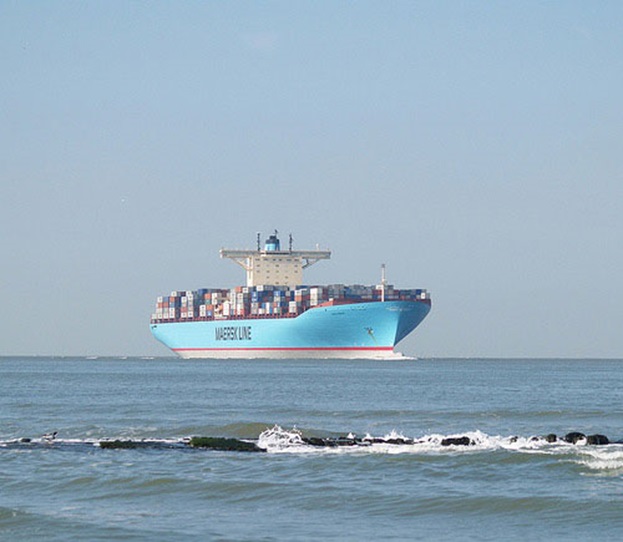Mandatory EEDI
Since January 2014, the shipbuilding industries have focused their new ship designs towards improved fuel efficiency and reduced footprint emissions.
After its introduction by the Marine Environmental Protection Committee (MEPC) to the International Maritime Organization (IMO), the calculation and the verification process of the Energy Efficiency Design Index (EEDI) has been mandatory since January 1st 2014.
The practice up to 2013 indicated the established trend of Classification Societies acting as verifiers. This trend also required corresponding administration, training and experience-gaining of the nominated verifiers.
EEDI tailored model testing
The quality and accuracy of model test results play a large role in the outcome of full-scale speed/power (S/P) trials (final stage of the verification process). For some ship types, sea trials are normally carried out in ballast condition whereas the contractual/EEDI condition is normally defined in loaded design condition. For the conversion from ballast trial results to loaded condition, the difference between the ballast and loaded model test power curves is used. Therefore, an accurate model test and validated consistent extrapolation method to full-scale is very important.
For the analysis of the S/P trials, i.e. to include the effect of the propeller loading in non-ideal conditions on the propulsion efficiency and propeller revolutions, the model self-propulsion test data must include the results of propeller load variation measurements.
Based on the latest International Towing Tank Conference (ITTC) recommendations, the model tests must be conducted according to the following criteria:
- Model tests must be conducted at the contract draught and trim, the EEDI draught and trim as well as the trial draught
- and trim.
- Model tests must be conducted according to the ITTC Recommended Procedures for Resistance and Propulsion Model-Tests, including load variation tests.
- For all draughts and trims, the same methods, procedures and empirical coefficients must be used to extrapolate the model-scale values to full-scale. In case different methods, procedures or empirical coefficients are used for the different draughts, these must be documented in full detail, and the documentation must include justification by means of full-scale S/P trial data for the specific ship type, size, loading condition as well as model test facility and evaluation method.
- The speed trial prediction should always be based on a resistance, a propulsion, and a propeller open water test of the model propeller used during the tests as well as the propeller open water characteristics of the final propeller.
- The model test report must be transparent and give sufficient information to enable the EEDI verifier to check the model test results. This means that in the model test report, the measured data, the predicted full-scale data and a detailed description of the extrapolation method and the coefficients used have to be reported.


